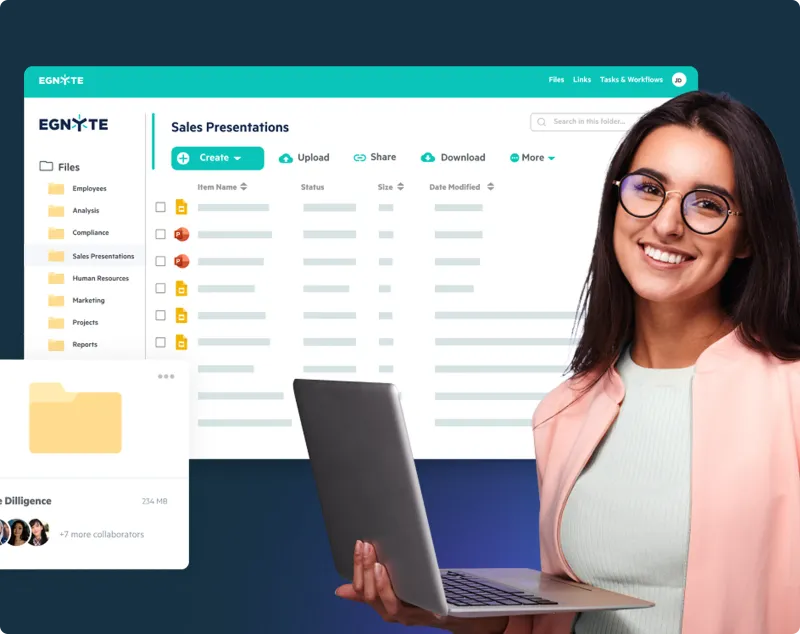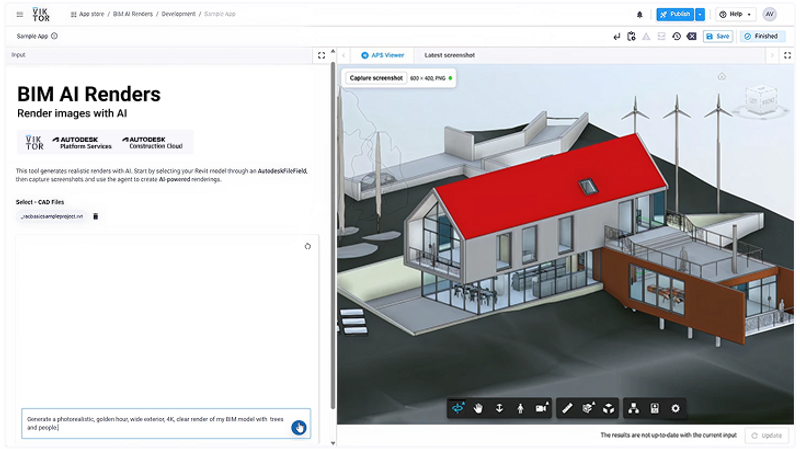Navigating BIM Data Complexity: How VIM and Power BI Simplify Building Intelligence
It is 2023, and it is safe to say that BIM — Building Information Modeling is undoubtedly the standard of the AEC industry’s operations. No matter the scope or scale of a building/infrastructure project, employing BIM has countless benefits for almost every stakeholder involved.
The Power and Challenges of BIM in AEC
BIM entails a lot of data: it’s a holistic framework for handling large amounts of building data throughout a project’s lifecycle. This can be geometric (architectural, structural, and MEP models, etc.), quantitative (schedules, costs, sizes, etc.) or qualitative (physical and functional properties, material and product attributes, etc.), and all such layers of data are quintessential to a project’s success.
Ideally, the value of a building’s information model must be harnessed by all relevant stakeholders over a project’s becoming. But this is hardly the case, since as a project progresses from one phase to the next, a lot of this information is cut-off from reaching the next relevant stakeholder. And the result? The true value (and thus the insights) that BIM could offer remains largely unrealized and untapped. As we increasingly recognize the pivotal role of the digital information we create, store, and utilize for our built environments, it’s clear that our industry’s future successes hinge on it. Large BIM data sets that are SQL ready, combined with high-performance, real-time digital twins at LOD 500 scale, address the fragmentation in BIM data and unleash the vast potential for automation, artificial intelligence, machine learning, business intelligence, data science, simulations, and beyond.

Introducing VIM - A Solution for BIM Data Governance
VIM is the AEC industry’s newest and one-of-a-kind product that solves the pressing problem of BIM data governance and analytics! Industry-leading companies including Microsoft, RIB, Sams Club, AECOM, and many other building stakeholders are already integrating VIM into their common data environment processes, gearing up for an era of open and easy access to BIM.
Now, what is VIM? Short for Virtual Information Modeling, VIM is a digital product that aims to make BIM data easier to access, analyze, and visualize. Its mission? Simple: to enable seamless interrogation and analytics of BIM data for every stakeholder over a project’s life cycle, thereby making buildings more efficient and profitable. And how does it do that? In short, query BIM data using SQL, and seamlessly integrate it with Microsoft Power BI to analyze and visualize the same, to reveal just the insight you need.
What is not to like about existing BIM workflows? Or rather, why will you probably need VIM? If you’re an avid user of any BIM framework for your projects, you would already know the siloing of different classes of information that would otherwise largely benefit from a completely open access. Collaboration, as a result, is hampered. Besides, there is a problem of unfamiliarity of BIM software for non-Architects and non-Engineers who still need BIM information to make decisions and run their tasks. An owner, developer, or operator, and their financial data analysts are, straightly put, unaware of the wealth of insight that lies embedded in BIM models, simply because they don’t have the means to access and use it directly. And VIM comes to the rescue here.

The Role of VIM in BIM Data Analytics and Visualization
But what is the big deal about BIM data analytics? Well, as projects become complex over and over as they move through their multiple phases, the associated data that come with can also get excessively intricate, thus muddling some very crucial insight. Consequently, accessing the most relevant piece of information for you, as any stakeholder, becomes a more-than-daunting task.
VIM is here to help you with just that. Using Power BI’s sophisticated data analytics and visualization package, you hold the reins of your BIM data, and that applies for, say, everyone involved in the project, and at any project stage. With VIM, you can visualize your BIM data in three-dimensional context, and in doing so, relate the model to known and useful datasets to substantially improve the quality of insights. More so, you can have access to federated models, and avail BIM data outside of Revit, with virtually no training or license costs that otherwise hinder the potential of BIM; all thanks to the use of structured SQL database in an open file format. And ultimately, you have unlimited sharing opportunities for your Power BI reports with no additional subscription fees!

VIM Cloud: The first ever BIM data analytics SaaS platform
BIM Data Accessibility and VIM Cloud
The people behind VIM strongly believe that BIM data is the DNA behind today’s buildings, and Architects and Engineers needfully create an abundance of it. It is a shame that the same data does not go forward to those who need it, as a project evolves. With VIM, you regain your agency to query, interrogate, and analyze your project’s information to obtain the insight you need the most.
On the product side, the makers of VIM, as is the robust thing to do, have developed it to operate out of the cloud. But going beyond, they also offer a tailored enterprise version for those larger AEC organizations with an extended analytics requirement.

Whether you’re an architect, engineer, contractor, project owner/operator, or data analyst, VIM can be a game-changer in ensuring that your building’s DNA remains intact, visible, accessible, and most importantly, queryable, to everyone who’ll need it. Check out VIM here, and feel free to try out the free cloud version with over 20 reports!
Recent Articles
Learn about the latest architecture software, engineering automation tools, & construction technologies

Pioneering Technical Report Management (TRM™) for AEC Firms: A Quire Deep Dive
Learn how Quire founder Kelly Stratton is reinventing technical reporting in our latest aec+tech interview, where its purpose-built TRM™ platform, WordBank-powered standardization, AI-driven Smart Search, quality control, and the Lazarus knowledge engine come together to help AEC, environmental, and CRE teams cut reporting time and errors while unlocking their institutional expertise.

Moving to the Cloud: Egnyte’s Staged Approach for Architecture Firms
As projects grow, AEC firms are rethinking data management and collaboration. This article outlines Egnyte’s six-stage Architecture Cloud Journey—a practical roadmap for moving from on-premise systems to secure, collaborative cloud environments. From assessment to continuous improvement, it shows how to streamline workflows, strengthen security, and future-proof with AI-ready infrastructure.

SaaS Founders: Are You Timing Your GTM Right?
This article was written by Frank Schuyer, who brings firsthand experience as a founder in the software and SaaS world. In this piece, he explores how founders can unlock faster growth and stronger market traction by integrating go-to-market strategy (GTM) from the very beginning of product development—rather than treating it as an afterthought.

The VIKTOR App Builder: Putting Automation into Every Engineer's Hands
The VIKTOR App Builder is changing how engineers automate their work. Built on VIKTOR’s secure, enterprise-ready platform, it lets users turn calculations, checks, and post-processing tasks into shareable browser-based apps—no coding required. In this interview, CPO Stijn Jansen explains why the team created it, how it bridges no-code, low-code, and full-code workflows, and what it means for the future of AI-assisted engineering.